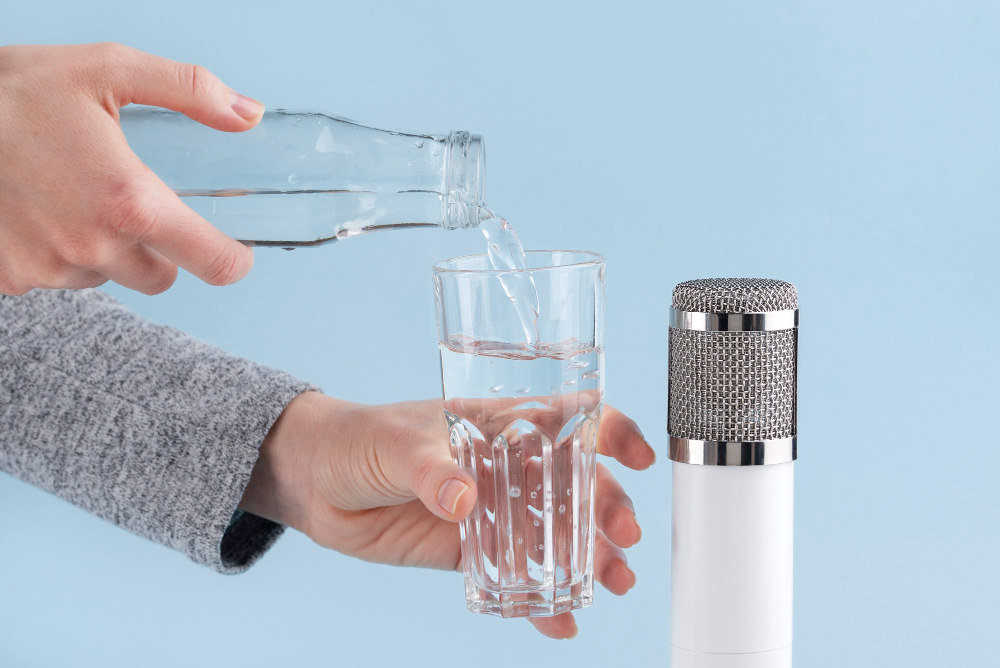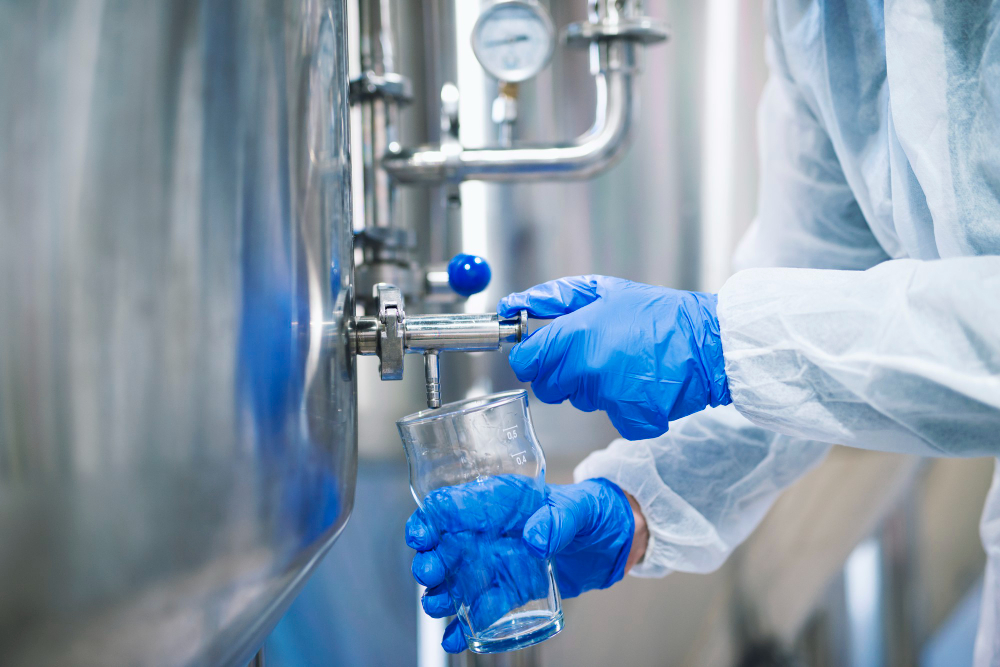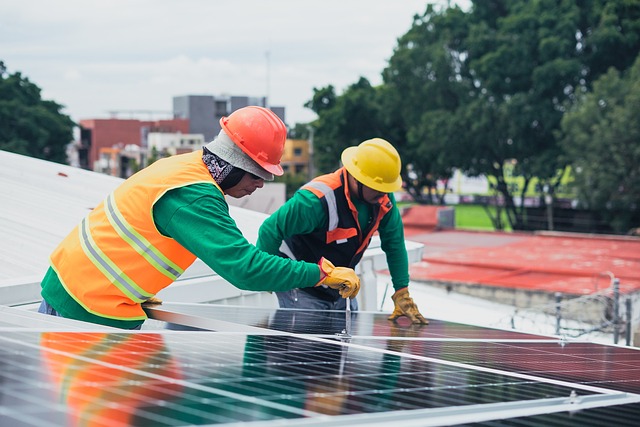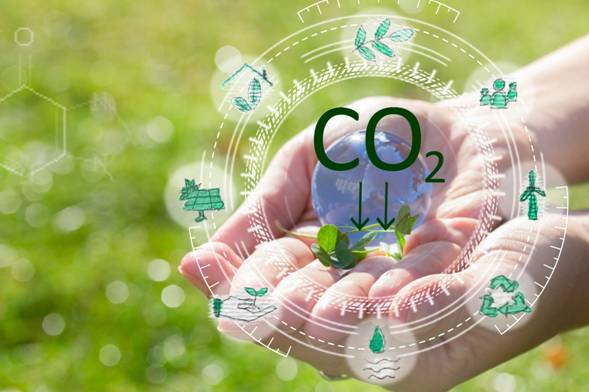Key Takeaways for Environmental Water Systems
- Role of Environmental Water Systems:
- Essential for public health and environmental sustainability.
- Ensure water is safe, clean, and free from contaminants.
- Types of Filtration Technologies:
- Physical Filtration: Removes larger particles using screens, sand filters, or membranes.
- Chemical Filtration: Uses activated carbon and other methods to remove dissolved substances like chlorine and VOCs.
- Biological Filtration: Employs natural processes with bacteria to break down organic contaminants.
- Advanced Oxidation Processes (AOPs): Uses strong oxidants to break down molecular contaminants.
- Applications:
- Residential: Systems like under-sink filters, refrigerator filters, and whole-house systems remove common contaminants.
- Industrial: Used in sectors like food and beverage, pharmaceuticals, and manufacturing to ensure water quality meets stringent standards.
- Municipal: Large-scale systems treat water from natural sources to maintain public health.
- Setting Up a Residential Water Filtration System:
- Assess Water Quality: Conduct tests to determine contaminants.
- Choose the Right System: Select based on specific needs; options include activated carbon filters, reverse osmosis systems, UV purifiers, and water softeners.
- Installation:
- Under-Sink Systems: Mount filter, connect hoses, install faucet, and flush system.
- Whole-House Systems: Locate installation point, cut water line, install valves, connect and mount filter unit, and flush system.
- Maintenance: Regular cleaning, leak checks, and timely filter replacements are crucial for effective operation.
- Challenges and Future Directions:
- Challenges: High initial costs, maintenance needs, and the requirement for skilled operators.
- Emerging Contaminants: Pharmaceuticals and microplastics present new challenges.
- Future Innovations: Focus on improving efficiency, reducing costs, and expanding contaminant removal capabilities through technologies like nanofiltration, advanced membranes, and smart monitoring systems.
These takeaways highlight the importance, functionality, and future direction of environmental water systems in ensuring clean and safe water for various applications.
In an era where environmental sustainability and public health are paramount, the role of environmental water systems in water filtration cannot be overstated. These systems are designed to ensure that water, a fundamental human necessity, is safe, clean, and free from harmful contaminants. Environmental water systems incorporate advanced technologies and sustainable practices to provide effective water filtration, addressing both residential and industrial needs.
Understanding Environmental Water Systems
Environmental water systems encompass a variety of technologies and processes aimed at purifying water. These systems can range from simple household filtration units to complex industrial-scale treatment plants. The primary objective is to remove impurities, including bacteria, viruses, chemicals, heavy metals, and other pollutants, to ensure the water is safe for consumption and use.
Key Components of Environmental Water Systems
- Physical Filtration: This involves removing larger particles from water through physical barriers such as screens, sand filters, or membrane filtration. These methods are effective in eliminating sediments, dirt, and other suspended solids.
- Chemical Filtration: Chemical processes are used to remove dissolved substances. Activated carbon filters, for instance, are widely used to remove chlorine, volatile organic compounds (VOCs), and other chemicals that affect the taste and odor of water.
- Biological Filtration: This method uses natural biological processes to break down organic contaminants. Biological filters often use bacteria that consume organic pollutants, thus cleaning the water.
- Advanced Oxidation Processes (AOPs): These involve using strong oxidants like ozone, hydrogen peroxide, or ultraviolet light to break down contaminants at a molecular level, including stubborn pollutants that other methods might miss.
Applications of Environmental Water Filtration Systems
Residential Use
For households, water filtration systems are essential for ensuring that tap water is safe to drink. These systems can be installed at various points, such as under the sink, in refrigerators, or as whole-house filtration units. They help in removing common contaminants like chlorine, lead, and sediments.
Setting up a residential water filtration system involves several steps to ensure that you select the right system for your needs and install it properly. Here’s a detailed guide to help you through the process:

Step-by-Step Guide to Setting Up a Residential Water Filtration System
Step 1: Assess Your Water Quality
- Conduct a Water Test: Before selecting a filtration system, test your water to determine the types and levels of contaminants present. You can use a home water testing kit or send a sample to a professional lab for analysis.
- Identify Common Contaminants: Look for common issues such as chlorine, lead, sediment, bacteria, nitrates, and hard water minerals. Your water source (well water, city water, etc.) can influence the types of contaminants you need to address.
Step 2: Choose the Right Filtration System
- Determine Your Needs: Based on your water test results, identify the specific filtration needs. Common systems include:
- Activated Carbon Filters: Removes chlorine, VOCs, and improves taste and odor.
- Reverse Osmosis (RO) Systems: Removes a wide range of contaminants including heavy metals, nitrates, and fluoride.
- UV Purifiers: Kills bacteria and viruses.
- Water Softeners: Removes calcium and magnesium to treat hard water.
- Decide on a Point-of-Use (POU) or Point-of-Entry (POE) System:
- POU Systems: Installed at specific locations like under the sink or at the refrigerator.
- POE Systems: Also known as whole-house systems, these are installed at the main water line to filter water for the entire home.
Step 3: Purchase the Filtration System
- Research Brands and Models: Look for reputable brands and compare different models based on your needs. Consider factors like filter lifespan, maintenance requirements, and cost.
- Read Reviews: Check customer reviews and ratings to ensure the system is reliable and effective.
Step 4: Prepare for Installation
- Gather Tools and Materials: Common tools needed include a pipe cutter, adjustable wrench, screwdriver, and plumber’s tape. Ensure you have all parts provided with the filtration system, such as fittings, hoses, and mounting brackets.
- Shut Off Water Supply: Turn off the main water supply to avoid leaks and water damage during installation.
Step 5: Install the Filtration System
For Under-Sink Systems:
- Mount the Filter Unit: Install the mounting bracket under the sink using screws. Make sure it is easily accessible for filter changes.
- Connect the Inlet and Outlet Hoses: Attach the inlet hose to the cold water supply valve and the outlet hose to the faucet. Use plumber’s tape to ensure a tight seal.
- Install the Faucet (if applicable): If the system comes with a dedicated faucet, drill a hole in the sink or countertop (if one is not already available) and install the faucet according to the manufacturer’s instructions.
- Flush the System: Turn on the water supply and let the water run through the system for a few minutes to flush out any debris and activate the filter.
For Whole-House Systems:
- Locate the Installation Point: Install the system close to where the main water line enters your home, usually in the basement or utility room.
- Cut the Main Water Line: Use a pipe cutter to cut the main water supply line. Be prepared to catch any water that may spill out.
- Install Shut-Off Valves: Install shut-off valves on both sides of the cut pipe for easy maintenance.
- Connect the Filter System: Attach the inlet and outlet ports of the filtration unit to the cut pipe using appropriate fittings. Ensure connections are secure and use plumber’s tape to prevent leaks.
- Mount the Filter Unit: Secure the unit to the wall using mounting brackets provided.
- Flush the System: Turn on the main water supply and flush the system according to the manufacturer’s instructions.
Step 6: Maintenance and Filter Replacement
- Regular Maintenance: Follow the manufacturer’s guidelines for routine maintenance. This may include cleaning the system, checking for leaks, and ensuring all connections remain secure.
- Filter Replacement: Replace filters according to the recommended schedule (typically every 6-12 months) to ensure the system continues to function effectively.
Industrial Use
Industries, especially those in food and beverage, pharmaceuticals, and manufacturing, rely heavily on clean water for their operations. Environmental water systems in these settings ensure that the water meets stringent quality standards, which is crucial for product safety and compliance with regulatory requirements.
Municipal Water Treatment
Municipalities use large-scale environmental water systems to treat water sourced from rivers, lakes, and underground aquifers before it is distributed to homes and businesses. These systems are crucial for maintaining public health and preventing the spread of waterborne diseases.
Challenges and Future Directions of Water Filtration Systems
Despite their benefits, environmental water systems face challenges such as high initial costs, maintenance requirements, and the need for skilled operators. Additionally, emerging contaminants, such as pharmaceuticals and microplastics, present new challenges that existing systems may not fully address.
Future advancements in water filtration technology are focused on improving efficiency, reducing costs, and enhancing the ability to remove a wider range of contaminants. Innovations such as nanofiltration, advanced membrane technologies, and smart monitoring systems are paving the way for more robust and adaptable solutions.




